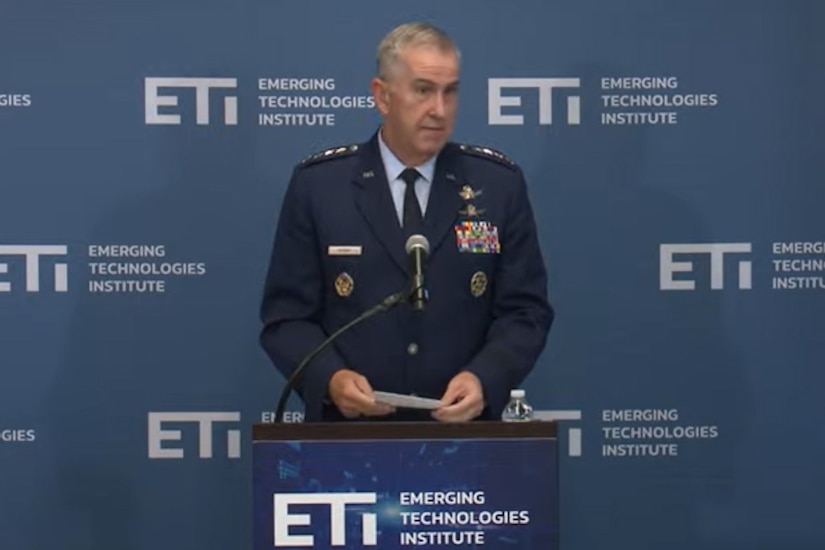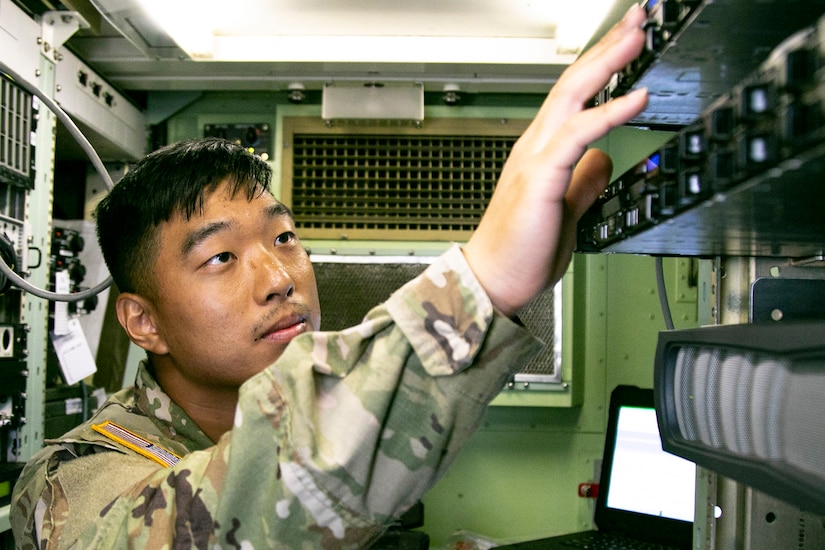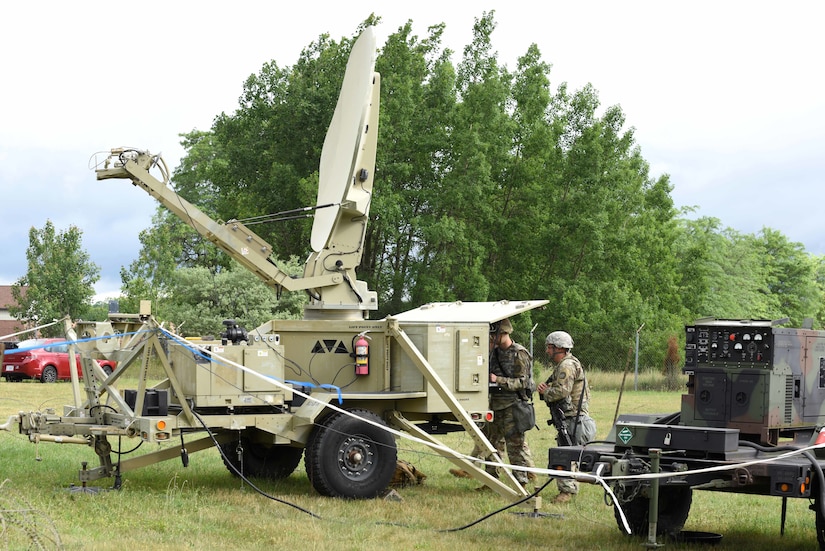July 26, 2021 | , DOD News
To deter China and Russia from possible future aggression, the Defense Department has come up with a concept known as "expanded maneuver," the vice chairman of the Joint Chiefs of Staff said today.

Speaking at the National Defense Industrial Association's Emerging Technologies Institute, Air Force Gen. John E. Hyten said expanded maneuver involves understanding how adversaries can operate in all domains and how to stop them while protecting DOD and coalition forces, he said, noting there are four functional battle areas within expanded maneuver.
The first involves contested logistics. The last time logistics from the U.S. to overseas locations were contested was World War II in the Pacific and European theaters of operation, he said.
Logistics is really difficult to do in a contested environment, he said. Fuel, munitions and other materiel doesn't just show up magically on a remote Pacific island.
"Contested logistics has been an area of rich study, rich conversation, and we're changing our entire logistics approach because of it," he said.
Joint fires is the second functional battle area. In the joint warfighting concept, fires come from all domains and from all services with no restrictions, Hyten said.


The idea for this concept is that the adversary can't figure out where fires are coming from, and they have no way to defend themselves against that, he said.
"That's a purely aspirational requirement, but I hope everybody can see that if you could do that you would change the equation on any future battlefield," he said.
"Now, you have to figure out what is affordable, what is practical, what can you do, where can you bring it from, who can have it. All those kinds of things you have to be able to work out but you should never limit yourself as you begin a concept with what you don't think you can do. So, fires need to come from everywhere, all domains, all services, kinetic and non-kinetic," he said.
The third element is joint all-domain command and control. Command and control links everything together and allows a commander to understand exactly what's going on in the battlespace, he said.
Data has to flow everywhere, he said. "The goal is to be fully connected to a combat cloud that has all information that you can access at any time, any place … to be able to act quickly on that."

However, access to data might be denied in a threat environment, he said.
"So, you have to figure out how to operate once again with mission command — things that we learned as young lieutenants — how to operate with real centralized control but decentralized execution when you're disconnected."
The fourth is information advantage. This involves connecting systems and people seamlessly with each other and enabling interoperability across the joint force and with allies and partners, he said.
The Joint Requirements Oversight Council is heavily invested and involved in making this all work and enabling the services to move faster in that direction, he said.








No comments:
Post a Comment